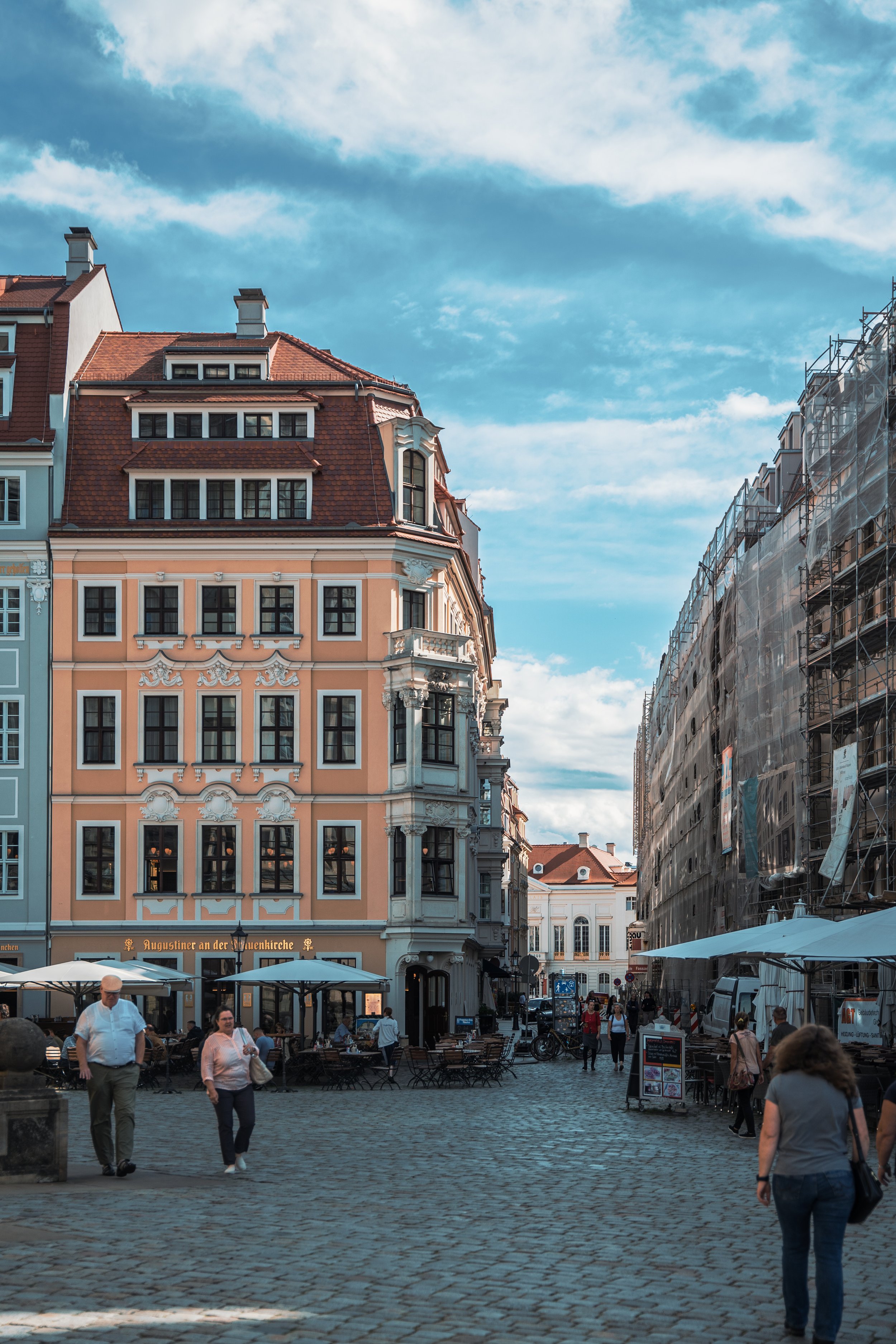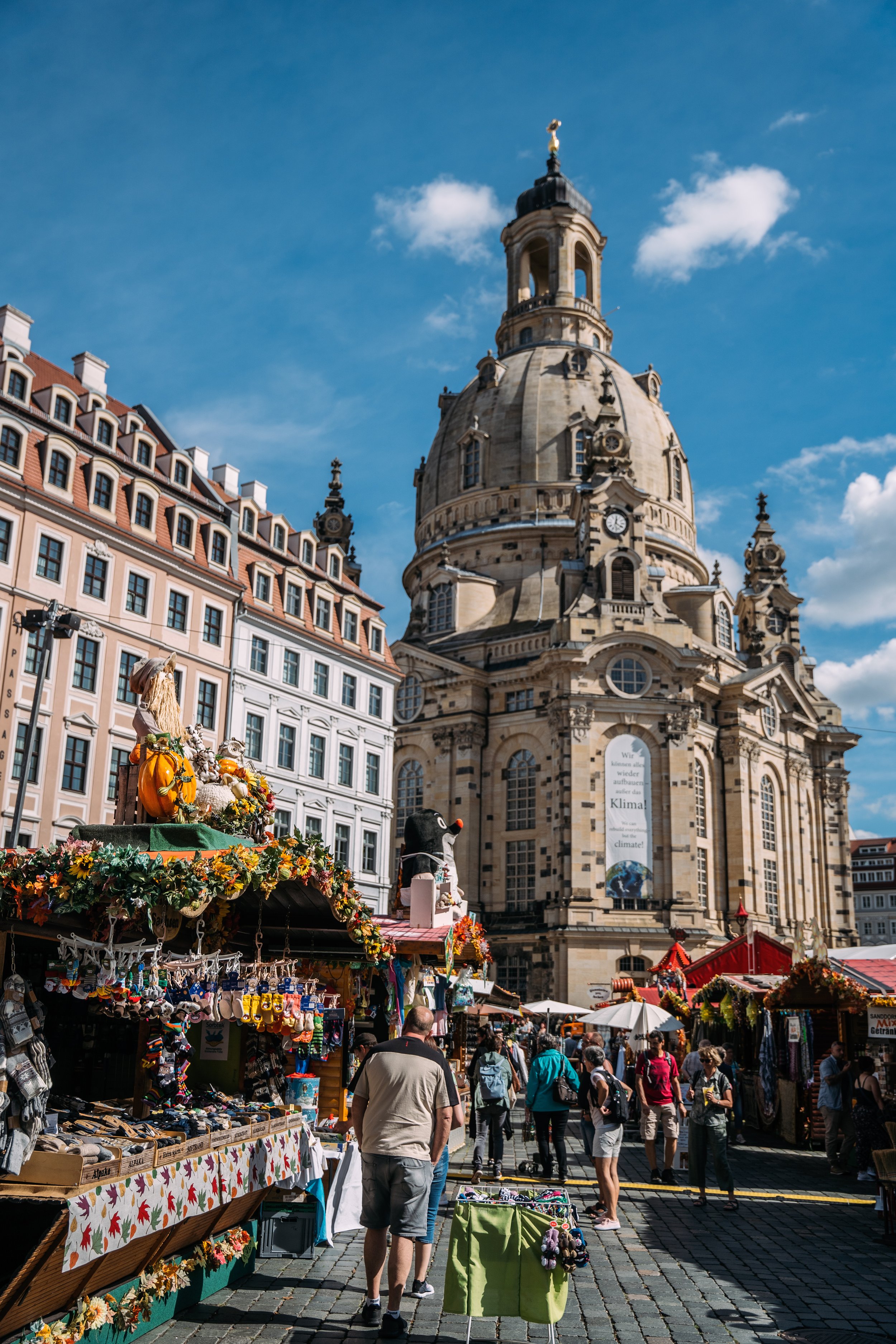Dresden, Germany, is a city renowned for its stunning architecture and cultural heritage, but much of its historic center was destroyed during World War II.
In the years following the war, many of Dresden’s buildings were replaced with modernist designs, leaving the city’s architectural legacy in ruins. However, in recent decades, a powerful movement led by the organization Gesellschaft Historischer Neumarkt Dresden (GHND) has emerged to rebuild the city’s bombed center, restoring its former beauty through traditional architecture and urbanism.
The GHND has been instrumental in championing the reconstruction of Dresden’s Altstadt, specifically focusing on the Neumarkt area around the famous Frauenkirche. This part of Dresden was historically the heart of the city, filled with baroque and classical architecture. Rather than accepting the post-war modernist structures that filled the area, the GHND has pushed for a return to the traditional styles that made Dresden one of Europe’s most beautiful cities.
The rebuilding of Dresden’s center has followed a strict commitment to historical accuracy, with many buildings reconstructed based on original designs. This includes intricate facades, detailed craftsmanship, and the use of authentic materials, which together revive the city’s architectural legacy. The most iconic project of this movement is the Frauenkirche, which was meticulously rebuilt and reopened in 2005, symbolizing Dresden’s rebirth.
The GHND’s work goes beyond just rebuilding individual structures; it is about restoring the soul of Dresden. By creating a cohesive urban fabric that reflects the city’s historical identity, the organization has fostered a deep connection between the past and the present. This commitment to beauty and tradition stands in contrast to the more utilitarian post-war architecture that once dominated the city. The new Neumarkt is now filled with beautifully reconstructed buildings, lively public squares, and pedestrian-friendly streets, reviving the vibrant atmosphere that once characterized the area.
Despite some criticism from modernist architects who argue that the rebuilding is overly nostalgic, the success of the GHND’s work is evident. The restored Neumarkt has become a major attraction for both locals and visitors, bringing a renewed sense of pride to Dresden’s citizens. It demonstrates how traditional architecture can play a crucial role in healing a city’s wounds and creating spaces that are both functional and deeply cherished.
The rebuilding of Dresden’s center is an inspiring example of how a city can recover from devastation by embracing its architectural heritage. The GHND has shown that by looking to the past, cities can create sustainable, beautiful environments that foster community and cultural continuity. Dresden’s revival stands as a beacon for other cities, proving that traditional urbanism offers a path to resilience, beauty, and long-term success.




